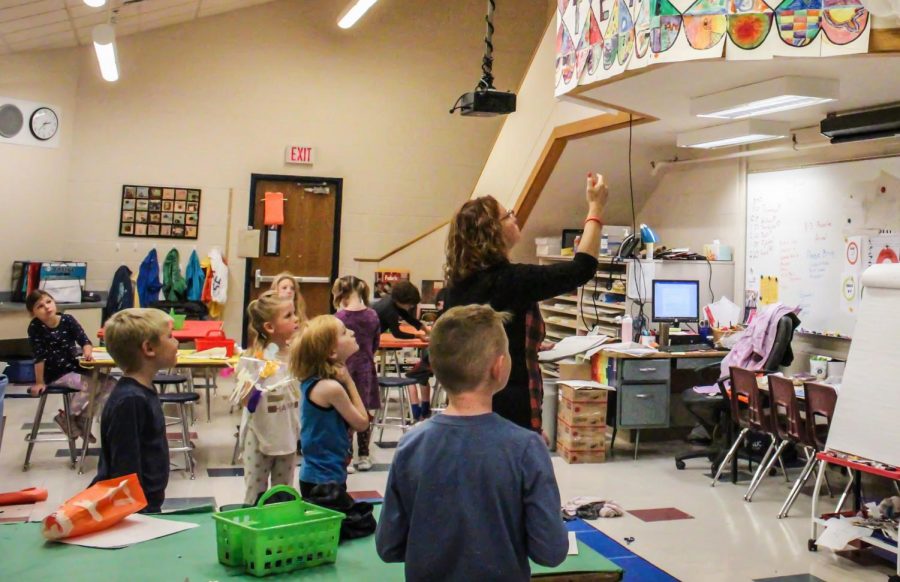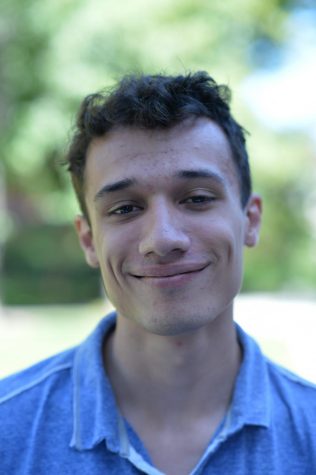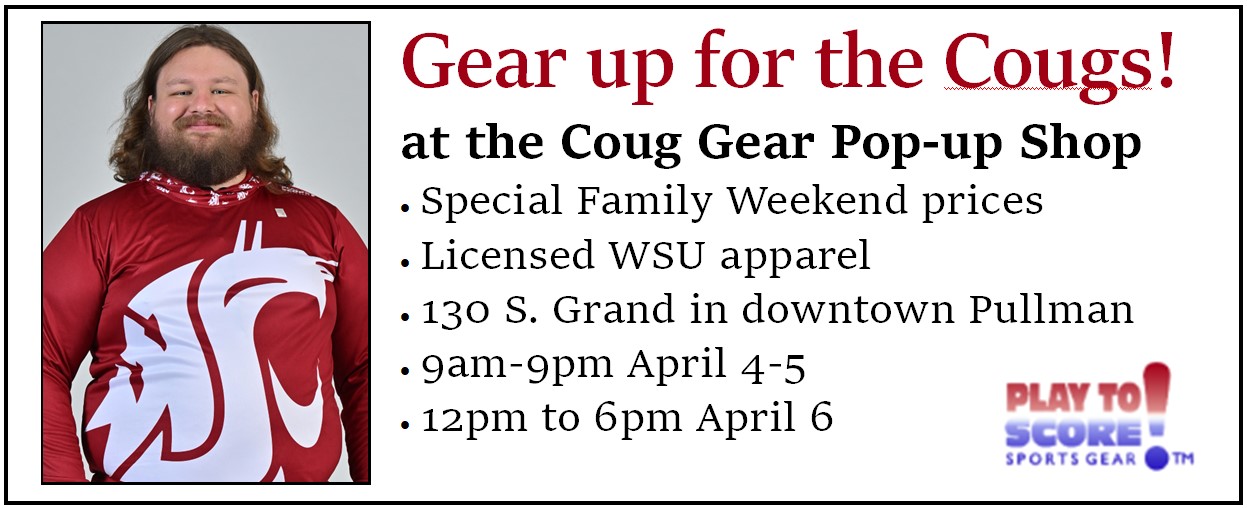Donations help schools make STEM programs
Funds used to grow coding club, science project using Ozobots
Students build flying machines in their STEM class Monday at Sunnyside Elementary. The students’ goal is to keep their machine in the air for the longest amount of time.
October 8, 2019
Employees at Schweitzer Engineering Laboratories have donated more than $40,000 this year to Pullman public and private schools this year to inspire students to show interest in math and science.
SEL employees are given $100 through the company’s School Donation Program. They can then choose which school receives their donation.
McKenzie Brumet, manager of SEL’s corporate giving programs, said $470,000 was donated across 15,000 schools in 22 countries.
Pullman Public Schools has received $24,700, according to an email from Kate Wilhite, SEL senior corporate communications manager. More than $35,000 went to schools in Moscow, Wilhite said.
“Supporting education has always been a part of Schweitzer’s culture,” Brumet said. “This program gives employees a chance to give back to schools that had a meaningful impact in their lives.”
Brumet said the program has been around since the early days of SEL and was initially only available for Pullman schools. As the company has grown and taken a larger presence in the world, the program was open to other schools too, she said.
Shannon Focht, Pullman Public Schools communications coordinator, said Pullman schools are fortunate to have a supportive community that values education.
“That’s a lot of money for students,” Focht said. “$40,000 goes a long way.”
Sunnyside Elementary Principal Pamela Brantner said her school has received $3,800 from SEL employees this year. Most of the money has gone toward support for STEM programs in the school, such as its STEM classroom, she said.
Second graders in the STEM classroom are learning the scientific process, Focht said. Students in the class are building “flying machines” made of arts and crafts materials.
They tested how long the machines would stay in the air as they watched their designs float to the ground from the classroom’s staircase. To improve their results, they are given the opportunity to go back and revise their designs, Focht said.
“It gets kids excited,” Brantner said. “It’s exciting to hear them explain their modifications and they’re having fun while learning.”
Sunnyside has also used SEL funds to grow its coding club and for various science projects that have used Ozobots and STEM activities.
“We’re using pieces that tie back to what Schweitzer is all about,” she said.
Brantner said the effort to increase STEM in schools started about five years ago after a principal’s association meeting. Parents have responded well and have spent about $5,000 on STEM activity supplies last year, she said.
Some of those supplies included racetracks for first-grade classrooms where students designed a track with the goal of getting a cart from point A to point B without touching it, she said.
“These activities give kids the chance to have a love for learning and be engaged and excited about it,” she said. “We’re very fortunate to have SEL be a part of the science that goes on here.”
The programs Sunnyside has been able to implement are exactly the type of stories that SEL likes to see, Brumet said.
“It’s a great use of the funds,” Brumet said. “We often get letters and emails back from schools about what they’re doing and it’s exciting to see.”












